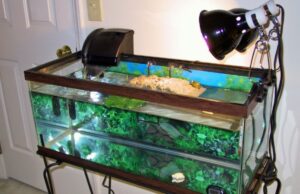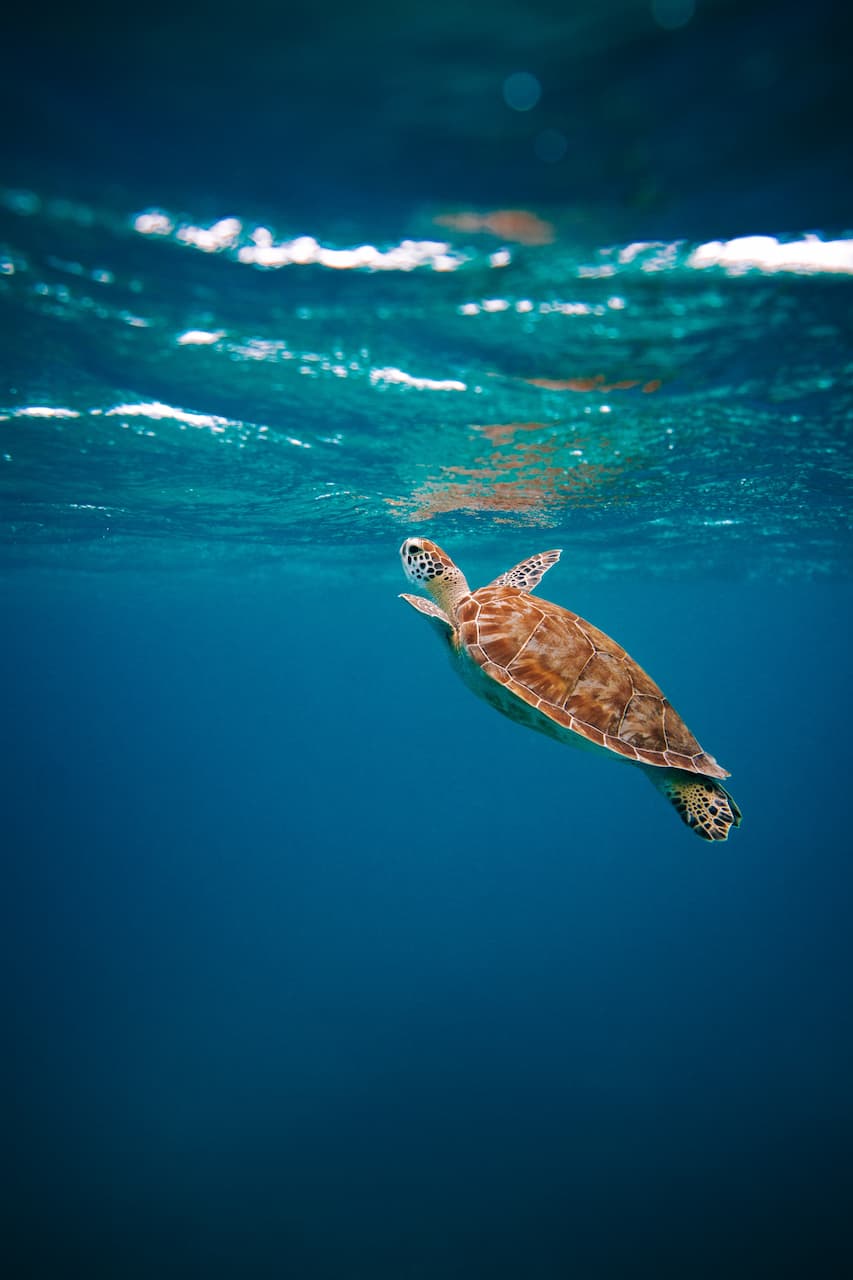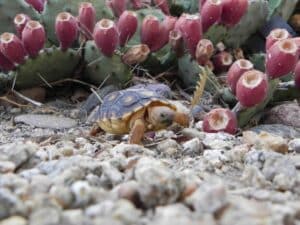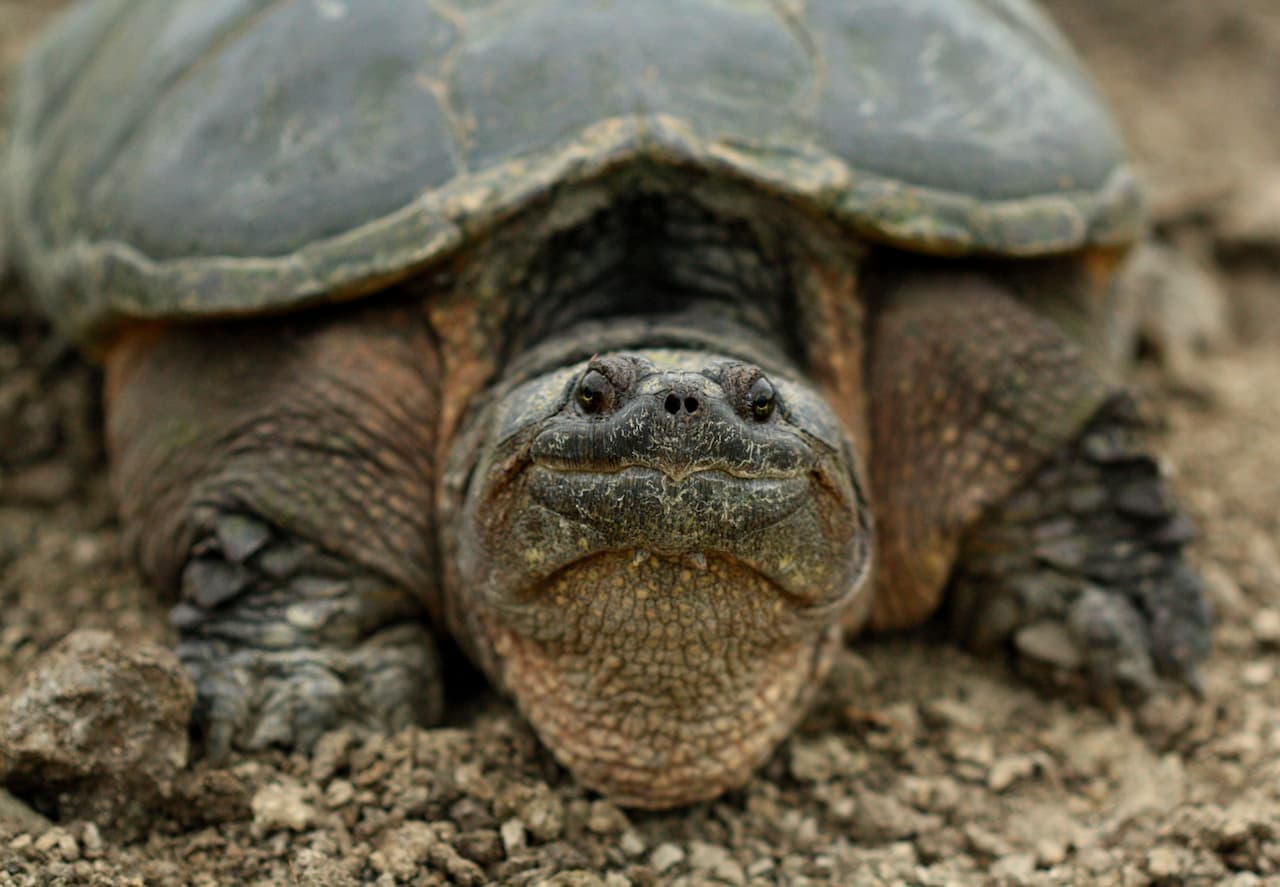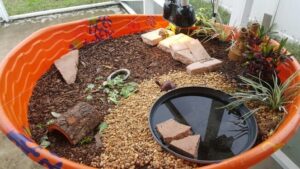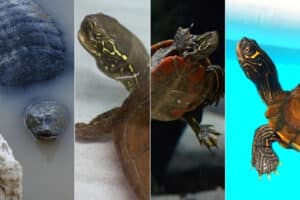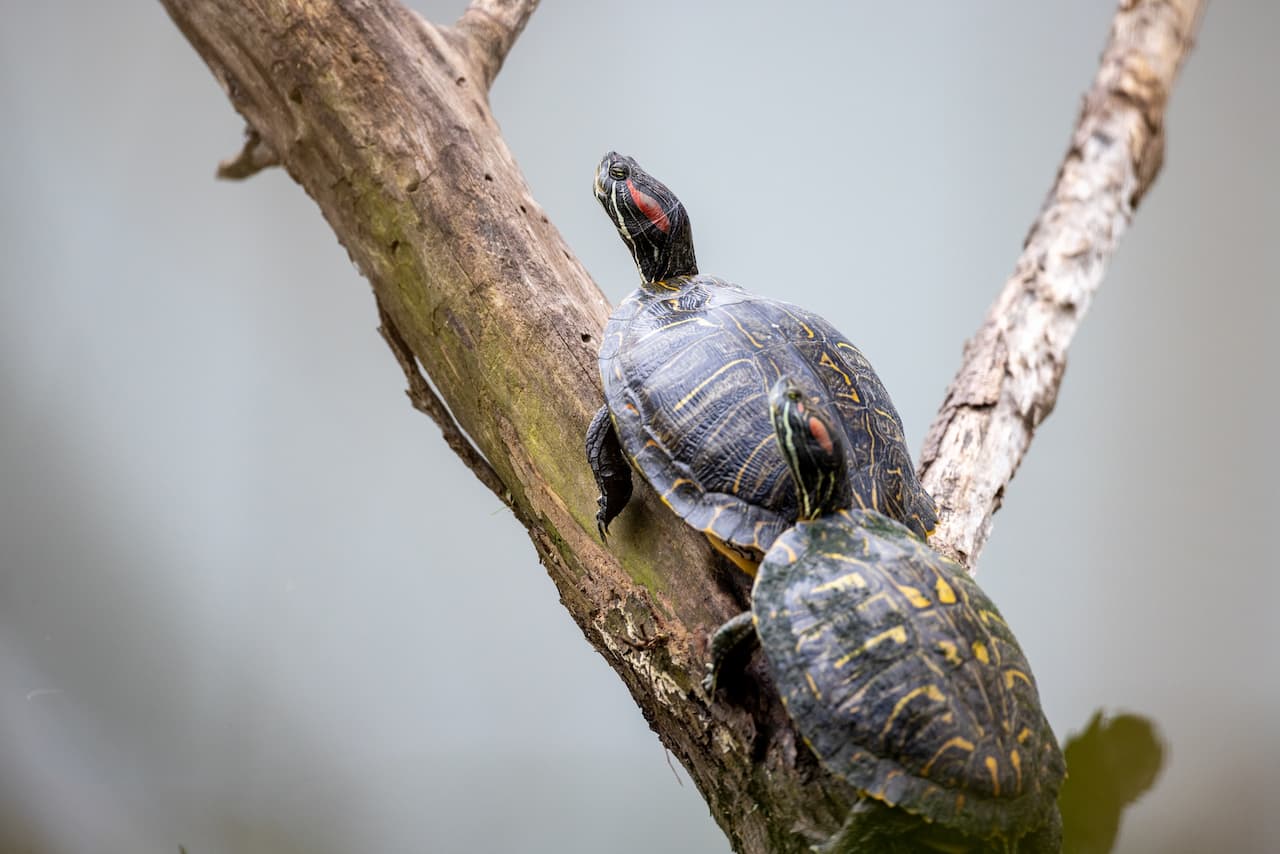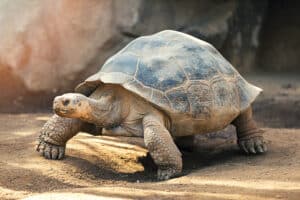By Arman
Just like our bones, calcium phosphate is the main mineral in a turtle shell. Its embryos develop shells through the fusion of backbones and rib bones. The carapace is the shell’s upper portion, and the plastron is the lower portion. The plastron and carapace are joined together with a bridge, which is a structural material.
In almost all the turtles, a protective layer of scutes composed of keratin covers the shell, though some turtles such as leatherback and soft-shelled turtles lack scutes. Turtles represent a unique type of structure in biology because turtle shells form through the fusion of bones.
The oldest known fossilized turtle shell was 210 million years ago. It was near the time of the Triassic Period when dinosaurs first appeared on earth. Found in Germany, the shell belonged to the Proganochelys quenstedti, an extinct turtle species. Because of a fully formed shell fossil, it gave scientists some clues about its evolutionary history.
In China, a partially formed fossilized shell from the turtle species, Odontochelys semistestacea, was discovered in 2008. The shell was estimated to be about 220 million years old. It had a fully developed plastron, however only a partially developed carapace was made of broadened ribs. Scientists believed that this fossil represented an early view of how turtle shells evolved. The broadened ribs on the carapace led the scientists to take a closer look at a similar-looking species known from fossils in South Africa.
Tyler Lyson, a scientist from the Smithsonian Institution, analyzed 45 specimens of Eunotosaurus africanus, a 260-million-year old fossil reptile from South Africa. He found that his species has several features in common with modern-day turtles, including paired rib bones and the absence of rib muscles that are used for breathing in many vertebrates. He stated the findings in a news release.
Tyler said that after they got the intermediate shell, a transitional form that connects the gap between the turtles and other reptiles and helps explain how the turtle shell evolved. Eunotosaurus was an early offshoot of the lineage that gave rise to modern turtles.
Those findings suggested that the evolutionary origin of turtle shells may have begun about 40 million years earlier than thought. The evidence on fossils was consistent with genetic studies that also suggested that the turtle shells’ evolution started during the Permian period 260 million years ago.
One of the most massive extinctions on earth happened at the end of the Permian period about 252 million years ago. It was amazing to think that these prehistoric turtles managed to survive.
Co-authors of the study included Allison Hsiang, Gabe Bever, Jacques Gauthier, and Torsten Scheyer. The research was funded by the Smithsonian Institution, Swiss National Science Foundation, the U.S. National Science Foundation, and the Yale Peabody Museum.
…read more
Read more here: Turtle Times
No products found.



